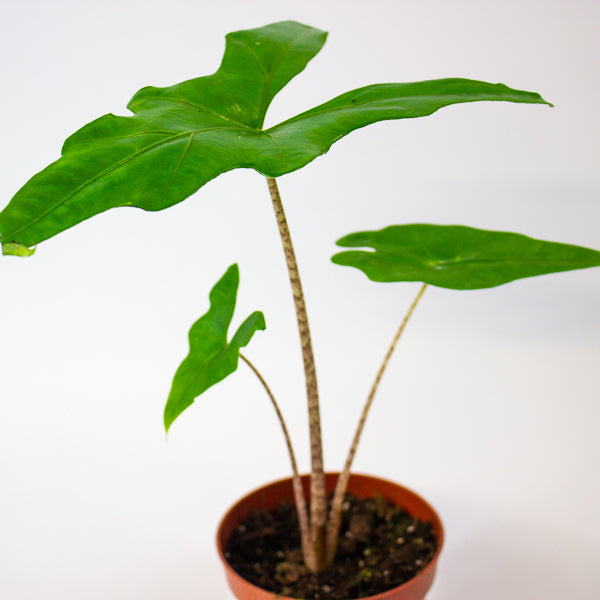1
/
of
6
Emm's Plant House
Alocasia Batwing 10.5cm H15cm
Alocasia Batwing 10.5cm H15cm
Regular price
£15.00 GBP
Regular price
Sale price
£15.00 GBP
Unit price
/
per
Taxes included.
Couldn't load pickup availability
Alocasia ‘Batwing’ is a dramatic and sculptural variety known for its sharply defined, wing-like leaves that resemble outstretched bat wings. With deep green, matte foliage and prominent veins, this striking plant adds a bold, architectural presence to any indoor collection—perfect for fans of unusual and gothic-style greenery.
- Full Botanical Name: Alocasia ‘Batwing’ (hybrid cultivar)
- Common Names: Batwing Alocasia, Bat Leaf Alocasia
- Country and/or Region of Origin: Hybrid; parent species originate from Southeast Asia
- Growing Conditions in Native Habitat: Parent species thrive on tropical rainforest floors where humidity is high, temperatures are warm, and light is filtered through dense canopies
Care Guide
Care Guide
Share












